Dambulla Cave Temple
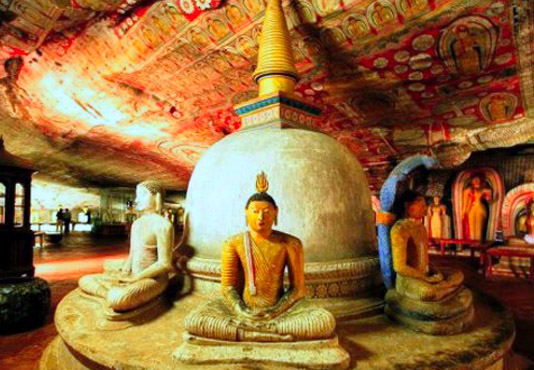
The caves at first came into use as a refuge for King Valagambahu in 1st century BC. Concealed by the local monks, upon returning from exile to his throne at Anuradhapura, he had the magnificent cave temple built for them. The cave temple consists of a complex of Buddhist image houses. Its rock ceiling is one large sweep of colorful frescoes, some of which dates back to over 2,000 years, which depicts Buddhist mythology, and the tales of the Buddha’s previous births. This cave temple has the largest number of Buddha statues all housed in one place, including a 14 meter long, colossal figure of the recumbent Buddha carved out of the rock.
You May Also Like
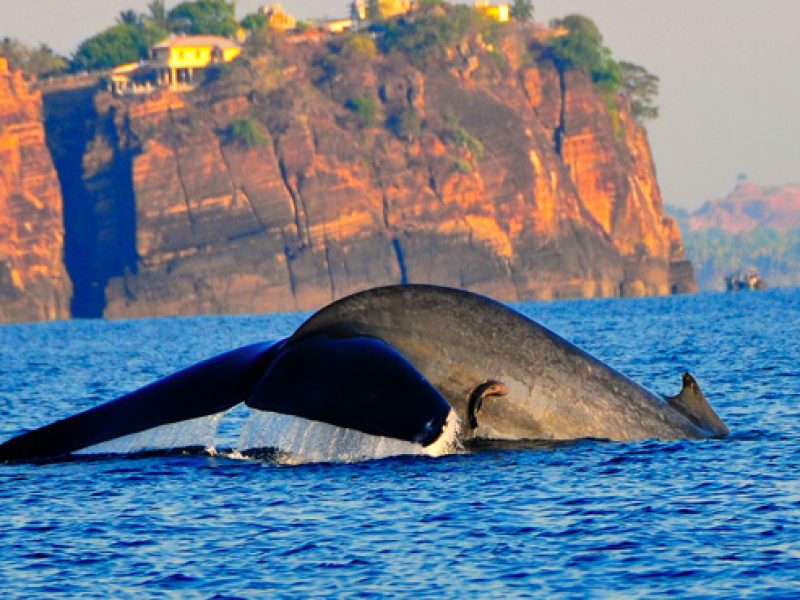
Trincomalee
Sri Lanka’s equivalent to the Maldives, Trinco’s never-ending white sandy beaches, coral islands and shimmering blue seas, is distinctly different from the coastal areas of the rest of the island. Bask in the sun on the secluded beaches of Uppuveli, Nilaveli & Kuchchaveli located north of Trinco town. Discover the magnificent marine life around Pigeon […]
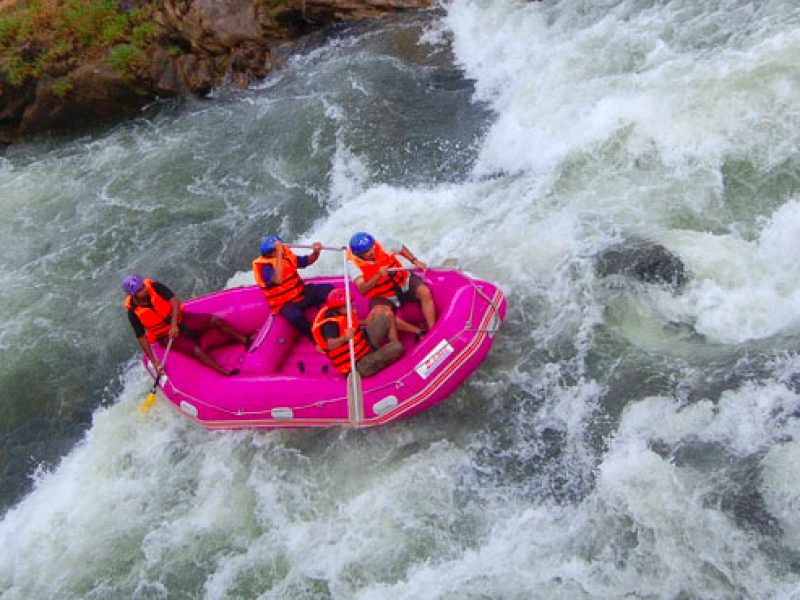
Kitulgala
Experience the thrills and spills of an exciting rafting adventure in a jungle paradise. Rafting mixes the ups and downs of rapids with calm sections that meander through the jungle clad mountains, tea and rubber plantations of the Kandyan hill-country. The scenery is breathtaking. Red Dot only uses Sri Lanka’s top guides, and if you […]
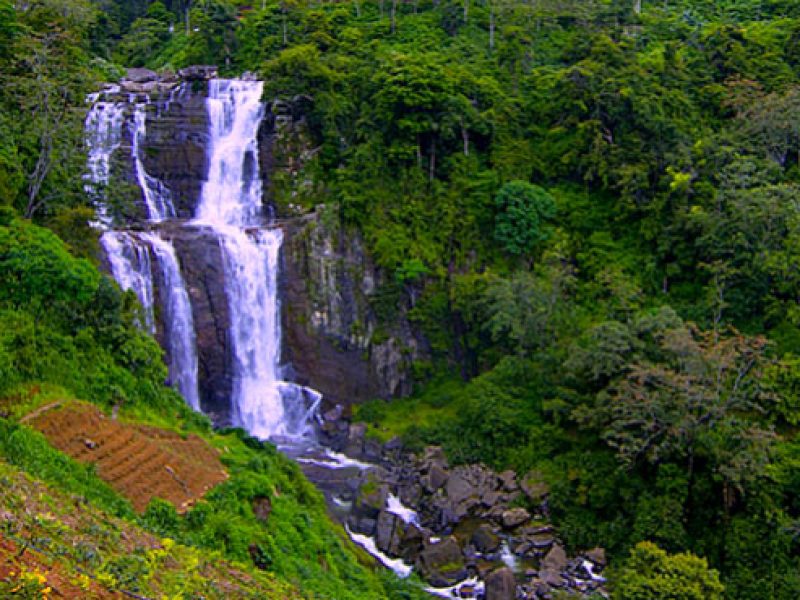
Ramboda Water Fall
Ramboda waterfall is not a single waterfall and it has two staires. Up side of the main road of Ramboda place, There is a another waterfall. Most of tourist dismiss the waterfall and they visit up side waterfall and go away.
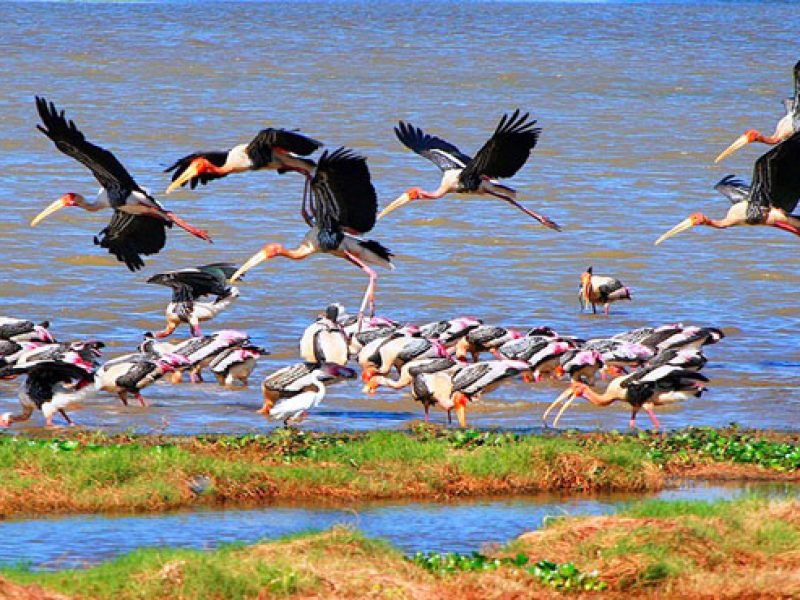
Kumana National Park
Kumana, also known as Yala East National Park covers an area of about 18,000 hectares and can only be accessed from Okanda which is south of Arugam Bay on the South East Coast. The villus (swamp lakes) of Kumana is nesting sites for water birds. During the nesting season which begins towards June, large colonies […]